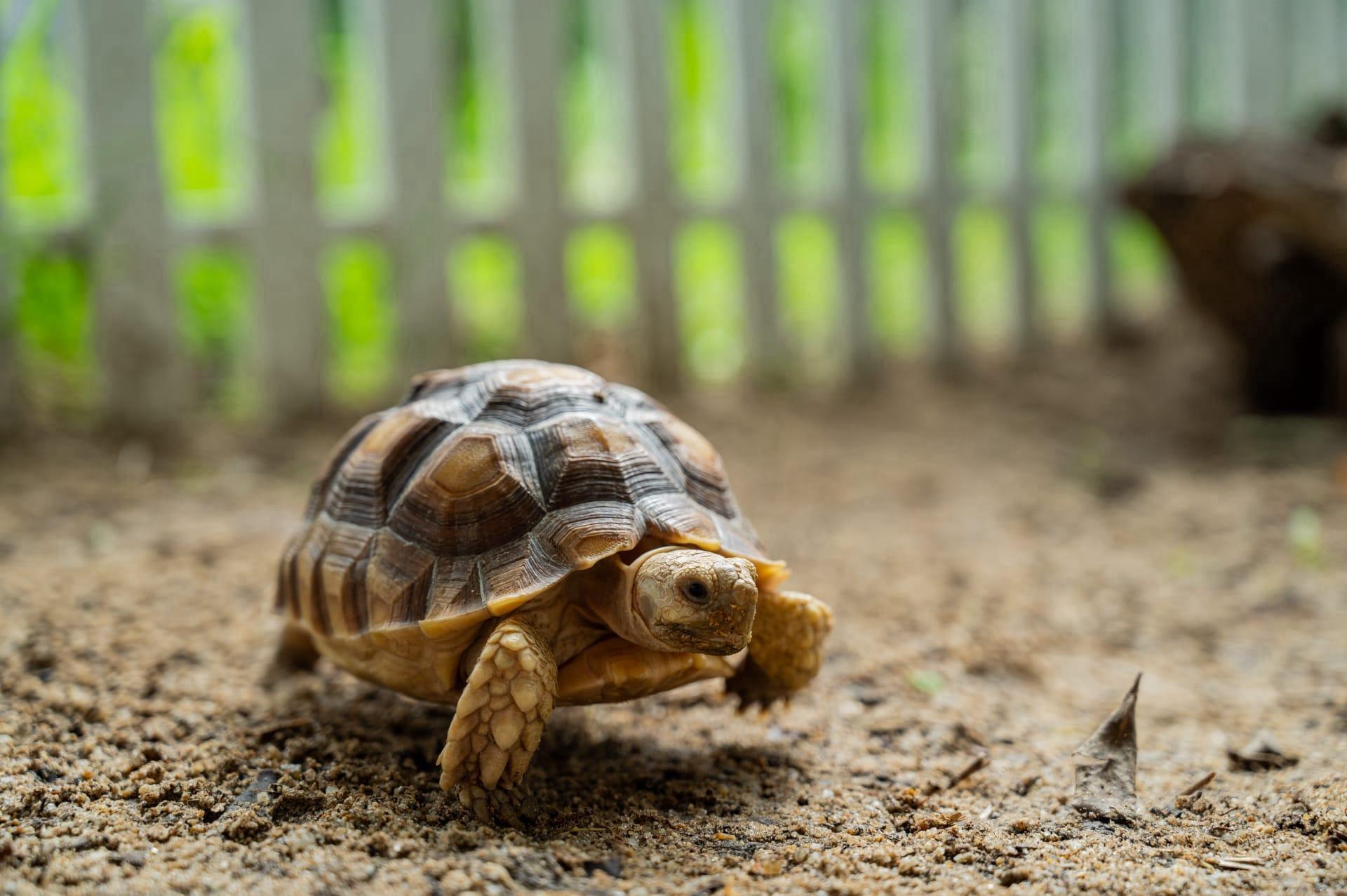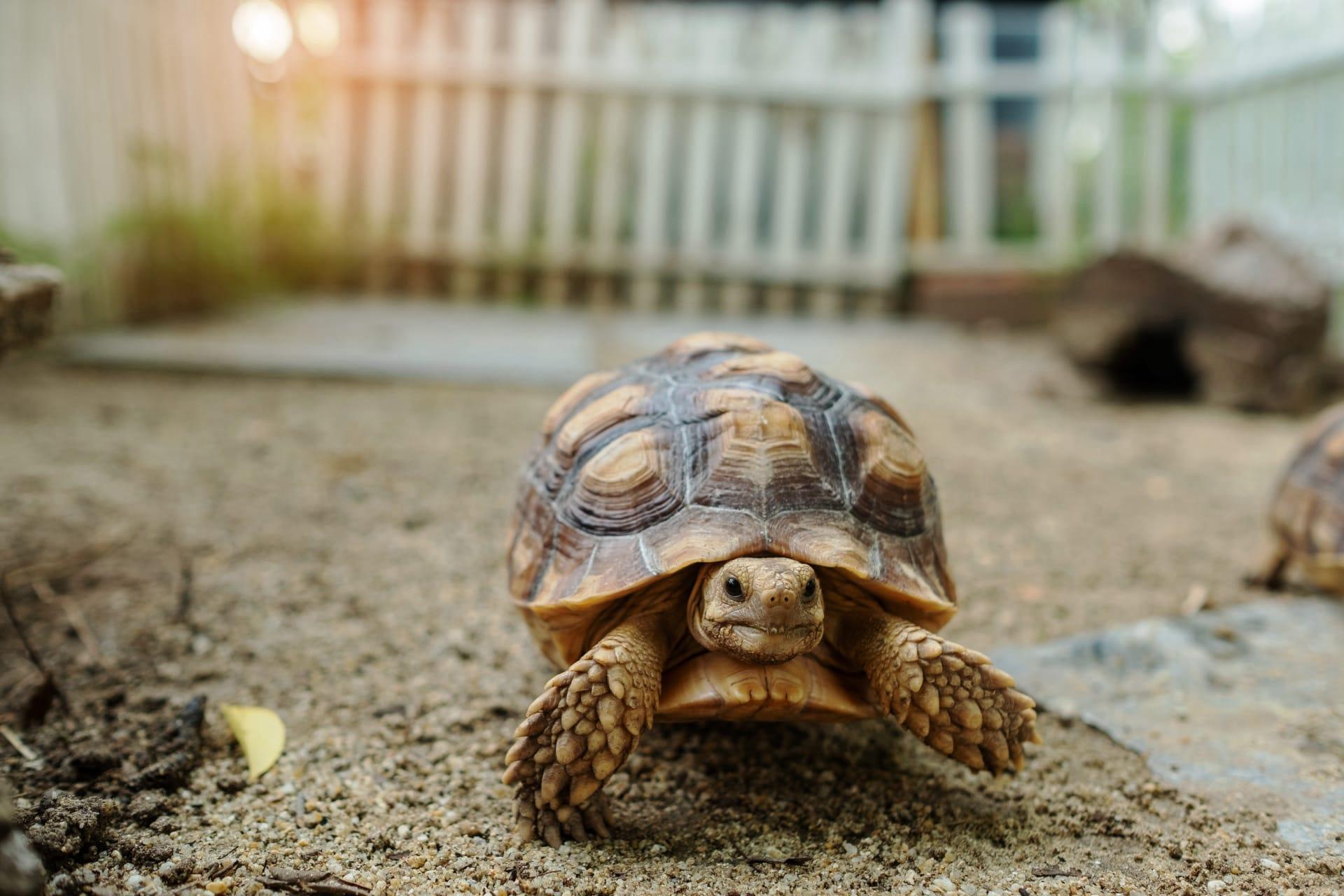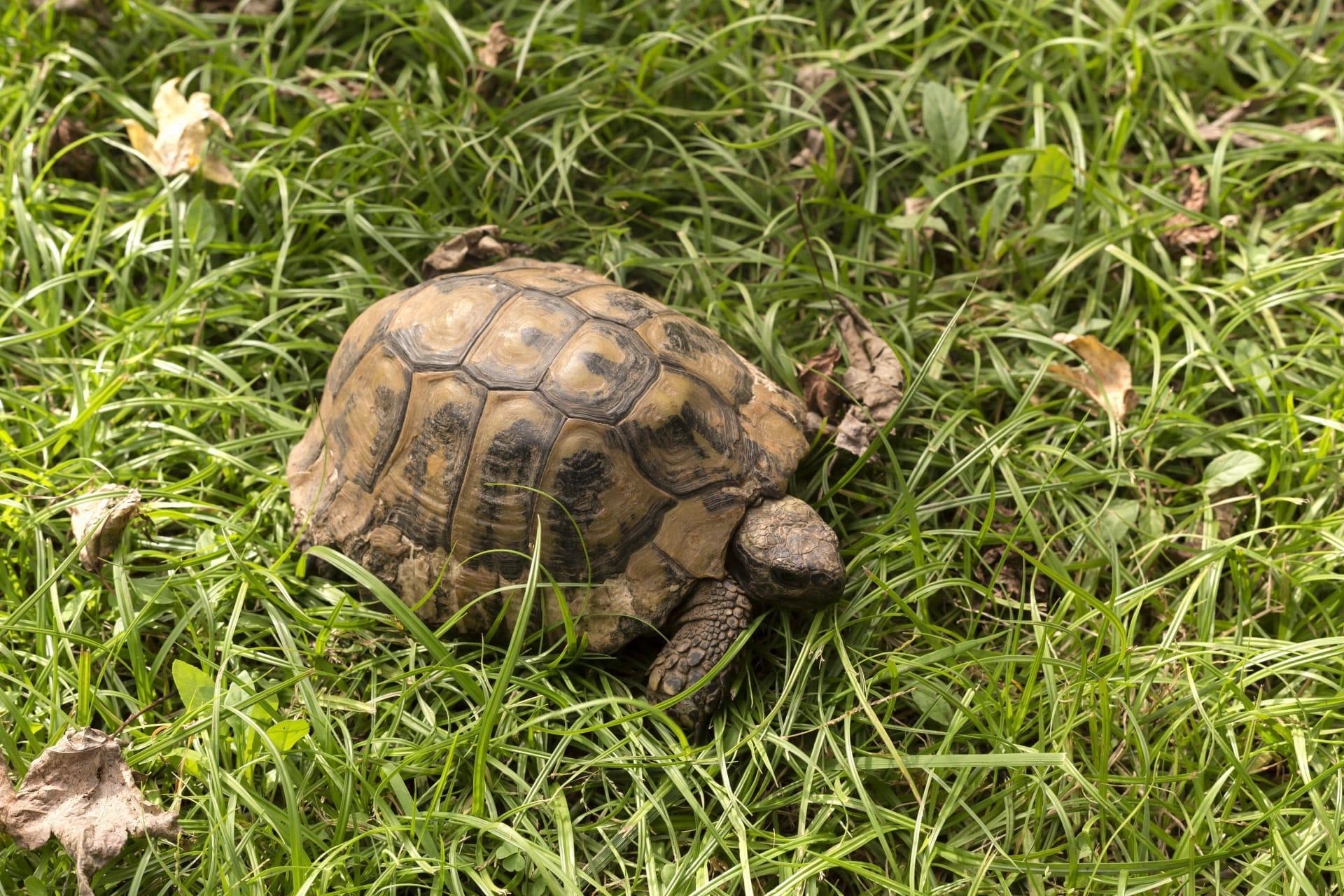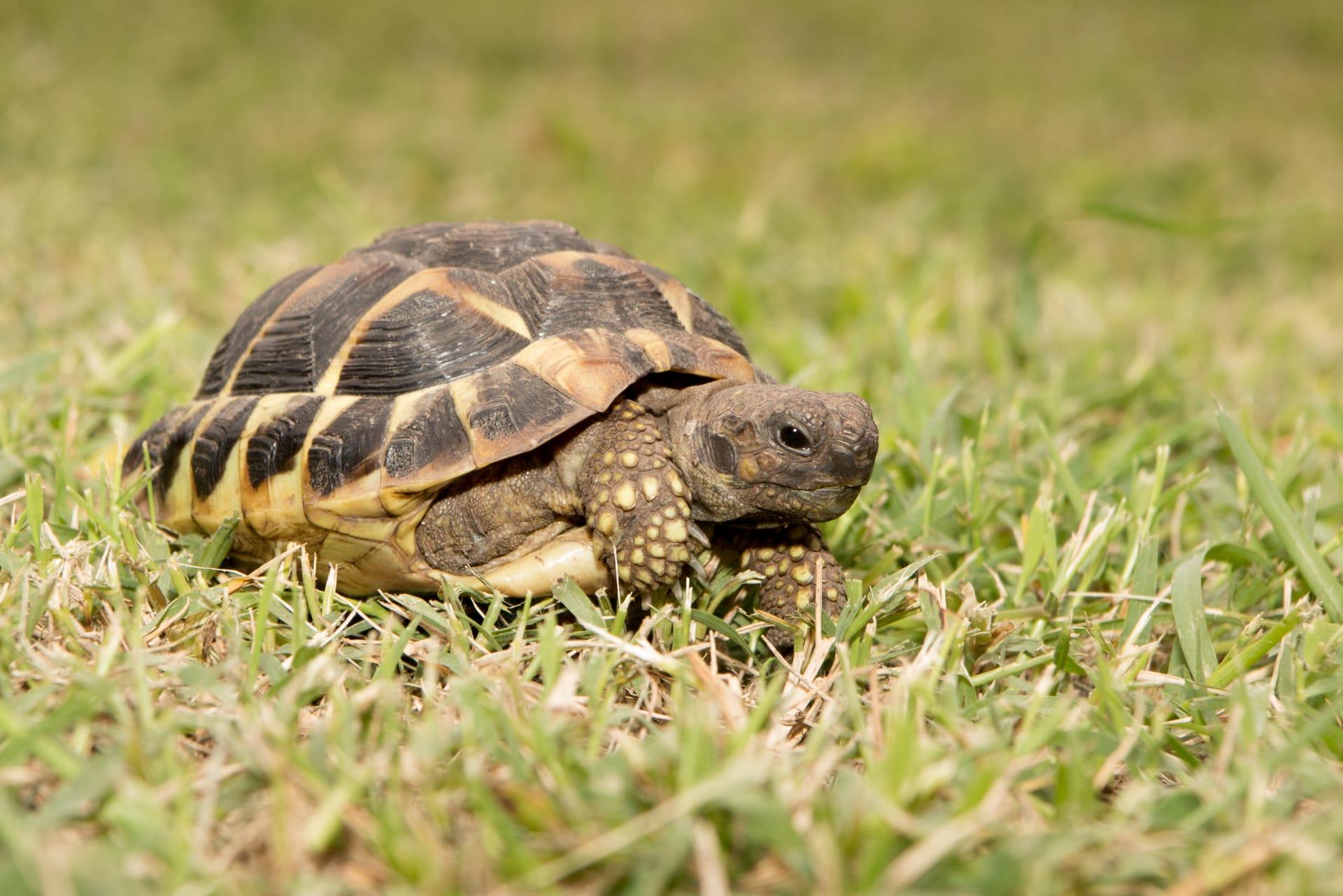European Land Tortoise Characteristics
- Home /
- Mini Encyclopedia /
- Animal /
- European Land Tortoise Characteristics
1
The European Land Tortoise, a fascinating creature, stands out with its distinctive physical traits. These tortoises typically measure between 15 to 30 centimeters in length, with males generally being smaller than females. What's truly remarkable is their longevity - these tortoises can live up to 80 years, some even surpassing a century! Their hardy shells, not just a hallmark of their appearance, provide essential protection and support.
Among their most extraordinary organs is the tortoise's lung. Unique in its structure, the lung extends along the carapace and is crucial for both respiration and buoyancy. This organ allows them to regulate their body position, essential for thermoregulation and survival in varied environments. Their breathing mechanism, unlike mammals, involves muscle movements around the shell rather than a diaphragm, showcasing an evolutionary adaptation to their armored bodies.

2
Question: What do European Land Tortoises typically eat, and does their diet vary with age?
Answer: European Land Tortoises are primarily herbivorous. Young tortoises often consume a diet rich in protein, such as insects and worms, which is crucial for their rapid growth phase. As they mature, their diet shifts predominantly to plants, enjoying a variety of leaves, fruits, and vegetables. This change reflects their nutritional needs, as adult tortoises require more fiber and less protein. Their diet is crucial for maintaining health, preventing diseases, and ensuring shell strength and longevity.

3
The movement of European Land Tortoises is characterized by a slow and steady pace, with an average walking speed of 0.2 to 0.5 kilometers per hour. This leisurely gait conserves energy, vital for their low-metabolism lifestyle. Despite their slow speed, they are adept at maneuvering through rugged terrains, thanks to their strong, stubby legs and sturdy claws.
When it comes to feeding, these tortoises exhibit a methodical approach. They rely on their keen sense of smell to locate food, often foraging for hours. Their diet includes a variety of vegetation, which they consume using their sharp beaks. European Land Tortoises lack teeth, so they tear and grind food with the edges of their beaks, demonstrating a fascinating adaptation to herbivorous feeding.

4
The European Land Tortoise thrives in a range of environments, from dry grasslands to moist forest areas across Southern Europe. They prefer temperate climates with abundant sunlight, essential for their thermoregulation. These habitats offer them ample food sources and suitable spots for basking, which is crucial for their metabolism and shell health.
Reproduction in these tortoises is equally intriguing. They reach sexual maturity around 10-20 years of age. Mating occurs primarily in the spring, followed by the female laying eggs in a carefully dug nest. The incubation period ranges from 90 to 120 days, depending on temperature. Offspring survival hinges on factors like temperature and humidity, highlighting the tortoise's sensitivity to environmental changes.

5
Book: "The Secret Life of the European Tortoise" by Dr. Emily Bainbridge, published in the UK, 2001. This book delves into the intricate world of these tortoises, offering insights into their behavior, habitat, and conservation. Bainbridge combines years of research with engaging storytelling, making it accessible for both experts and enthusiasts.
Book: "Tortoises of the Mediterranean" by Marco Aurelio, Italy, 1998. Aurelio's work focuses on the different species of tortoises found around the Mediterranean, including the European Land Tortoise. It provides a comprehensive overview of their life cycle, habitat, and challenges they face in the wild. The book stands out for its blend of scientific rigor and captivating narratives, appealing to a wide range of readers interested in wildlife and conservation.